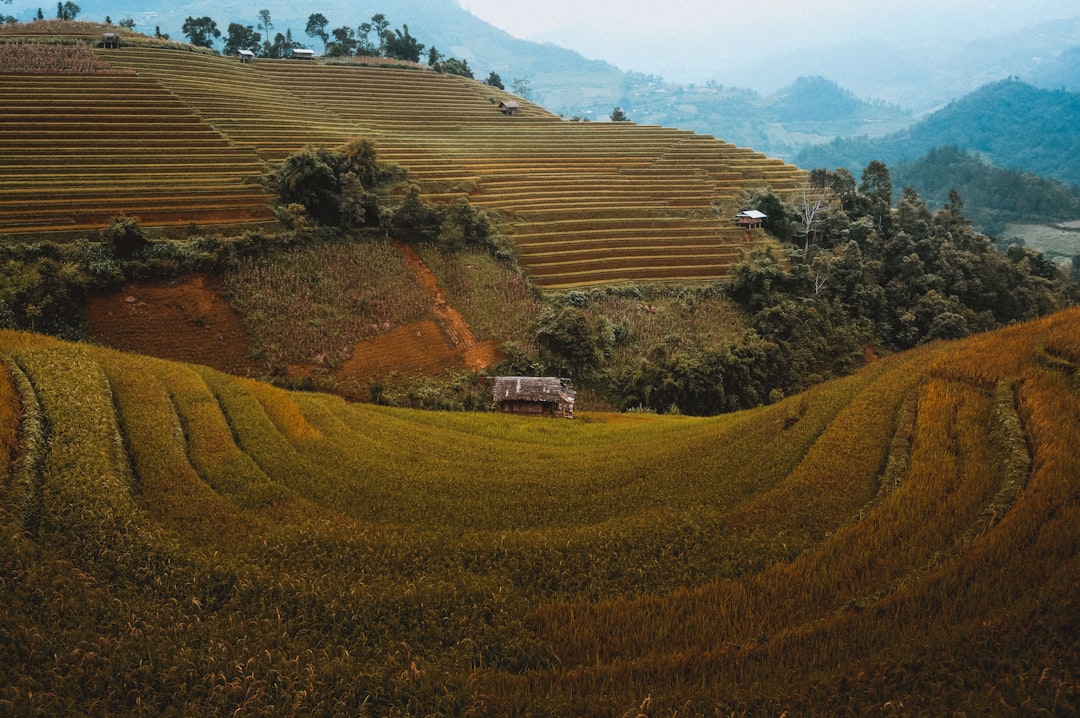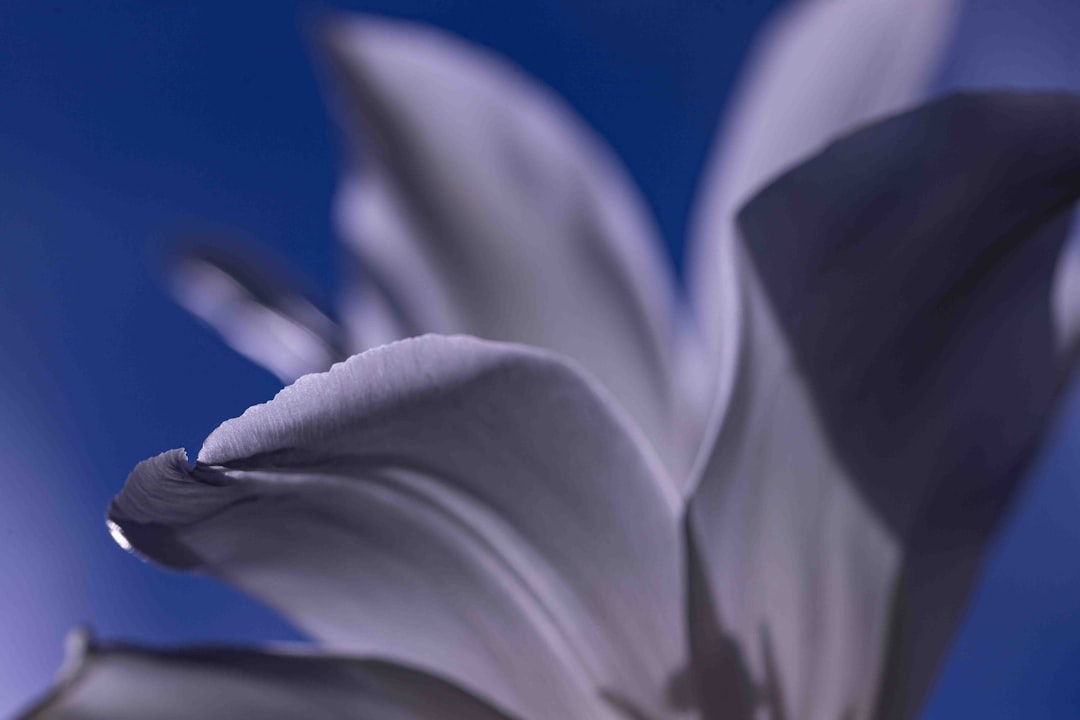Allusion is the art of beckoning the reader beyond the surface of a verse—inviting them to hear echoes of earlier stories, sacred texts, and shared cultural memories. In classical Persian literature, poets wove allusive threads through their lines, creating layers of meaning that reward attentive—and well-informed—readers. From the epic halls of the Shāhnāmeh to the wine-dusky taverns of Hafez, allusion enriches imagery, deepens emotion, and forges a living dialogue with the past.
1. What Is Allusion—and Why It Matters
At its simplest, an allusion names—or hints at—another work, figure, or tradition without spelling it out. In Persian verse, this might mean:
-
Invoking Khosrow and Shirin to signify royal love and tragic sacrifice.
-
Quoting a line from the Qur’an to summon divine justice or mercy.
-
Echoing a Sufi parable to point toward mystical union.
Allusion does four key things:
-
Condenses Complex Ideas: A single reference carries the weight of an entire story.
-
Creates Intimacy with the Audience: It rewards readers who “know their classics.”
-
Generates Nuance and Irony: Juxtaposing contexts can undercut or deepen surface meaning.
-
Links Poet to Tradition: Anchors new works within an evolving literary conversation.
2. Epic and Historical Allusions
Ferdowsī’s Shāhnāmeh as Sourcebook
When later poets speak of “Rustam’s horse Rakhsh,” they summon the image of heroism and loyalty forged on the Oxus plain. A single word—“Zāl’s white hair”—evokes the lionhearted sage who raised his golden-maned son on a mountain eagle’s wings.
“O heart, be steadfast as Rakhsh, that no tempest shake your calm.”
Here, the allusion to Rakhsh both praises constancy and reminds the reader of the epic’s grand tapestry of loyalty, fate, and familial devotion.
Panegyrics and Courtly Praise
Court poets like Farrūkhī Sīrjānī layered their odes with references to kings of old—Jamshīd’s divine throne, Kai Kavus’s falcon-hunts—employing these touchstones to magnify their contemporary patron’s greatness by analogy.
3. Sacred Texts and Religious Resonance
Qur’ānic Echoes
A well-placed phrase such as “rabb al-ʿālamīn” (Lord of the Worlds) or “liʾl-khalq” (for all creation) carries the gravitas of Scripture. Hafez’s famous couplet—“Go, seek the wine of love in the tavern of the heart;
For in every drop flows the water of life”—mirrors Qur’ānic imagery of wine as both prohibition and, allegorically, as spiritual sustenance.
Shīʿī Martyrdom
In marsīyas (elegies), mere mention of “Karbala’s red dust” evokes the martyrdom of Ḥusayn without further elaboration, conjoining communal grief with moral exemplarity.
4. Sufi Parables and Mystical Allusion
Rumi’s Reed-Flute
When Rūmī speaks of the “reed-flute’s song” (ney in Persian), he calls to mind the Mathnawī’s opening parable of the reed torn from the reed-bed—its lament a metaphor for the soul’s exile from the Beloved. Readers steeped in this parable sense both loss and the promise of reunion in every plaintive note.
Attar’s Conference of the Birds
A reference to “the Simorgh’s mirror lake” brings back the entire allegory of thirty birds seeking their sovereign, only to discover themselves reflected—a pointed commentary on collective and individual wisdom.
5. Seasonal and Natural Allusions
Beyond texts, Persian poets drew on shared images of nature:
-
Spring’s crimson face (rū-ye surkh) invokes renewal—and the beloved’s blush.
-
Autumn’s fallen leaves signal decline, mortality, and often unrequited love.
These motifs, familiar from the ghazal tradition, form a visual shorthand that resonates like a beloved tune.
6. The Reader’s Art: Decoding Allusion
To “read between the lines,” a modern lover of Persian poetry can:
-
Learn the Canon: Familiarize yourself with the Shāhnāmeh, Gulistan, Mathnawī, and major Divans.
-
Study Key Myths and Scriptures: Even brief knowledge of Qur’ānic verses, Sufi parables, and pre-Islamic legends opens vast stores of meaning.
-
Observe Repetition: Poets deliberately recur to the same allusive images—tracking them reveals evolving uses.
-
Enjoy the Juxtapositions: Notice when a poet places a sacred reference beside a courtly image—such contrasts often create irony or depth.
7. Allusion as Living Tradition
Even today, Persian poets and songwriters carry forward this legacy. A contemporary lyricist might evoke Hafez’s tavern or Ferdowsī’s battlefield, inviting new audiences into the ancient dance of memory and invention.
“We plant the seeds of old gardens in modern verse,
That every petal might unfold a thousand yesterdays.”
Through allusion, classical Persian literature becomes not a museum of dusty texts but a vibrant, interwoven tapestry—each thread echoing with stories yet waiting to be retold.





